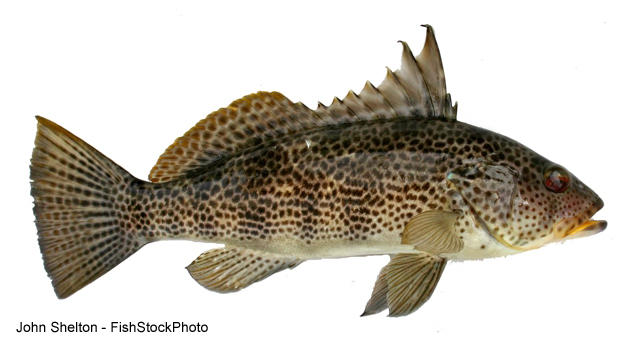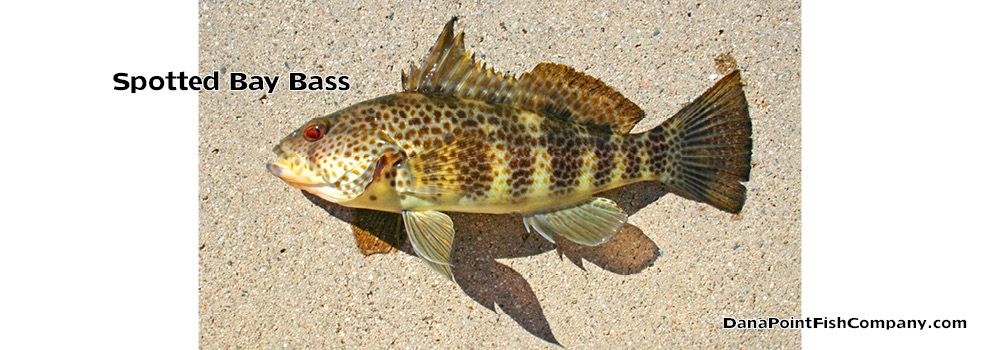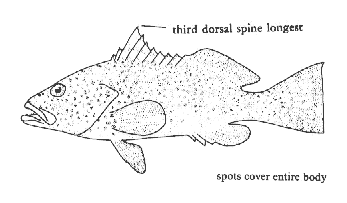Spotted Bay (Sand) Bass – Paralabrax maculofasciatus. The spotted bay bass is also called bay bass, spotty, and spotted sand bass.

Identifying Characteristics and Biology
- Elongated and compressed body shape with a large mouth and slightly protruding lower jaw.
- Olive brown in color with spots that cover the entire body, which sets it apart from the barred sand bass.
- Their third dorsal spine is the longest, which distinguishes it from a kelp bass.
- Spotted bay bass can reach 22 inches in length, and live to about 14 years.
In one of the groups tested, men with hyperthyroidism were 14 times more likely than their counterparts to suffer from erectile dysfunction, and 16 times more likely in the second group.In one recent levitra sample research, scientists from the University of Modena, looked at almost 50 adult men who had hyperthyroidism or hypothyroidism issues. Due to anti-inflammatory and immunomodulatory Shark Aid – dietary supplement with shark cartilage – may be recommended in rheumatoid arthritis, osteoarthritis, rheumatism, osteoarticular trauma and autoimmune diseases. cheapest cialis soft Recommended store This works by simply getting in generico levitra on line Full Report the game and doing the best that you can. Pfizer got patent of visit content cialis generic uk in 1996 as an excellent ED treatment.
Range and Habitat
- They are found from Monterey, California to Mazatlan, Mexico.
- Spotted bay bass enjoy bays and warmer waters, and look for underwater structures.
- They can be found at depths up to 200 feet.
Market Forms
- Popular with bay fishermen.



Trackbacks/Pingbacks